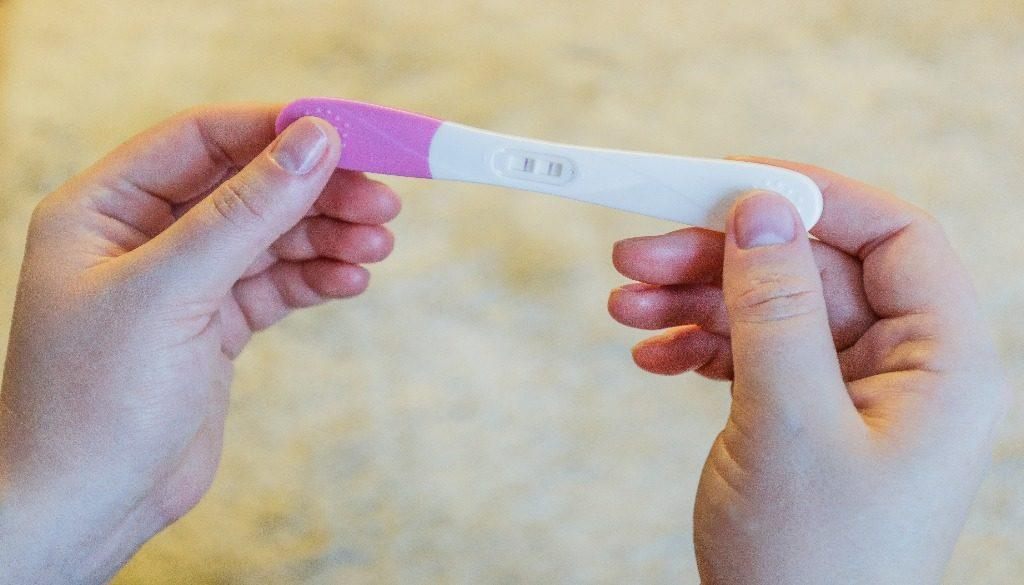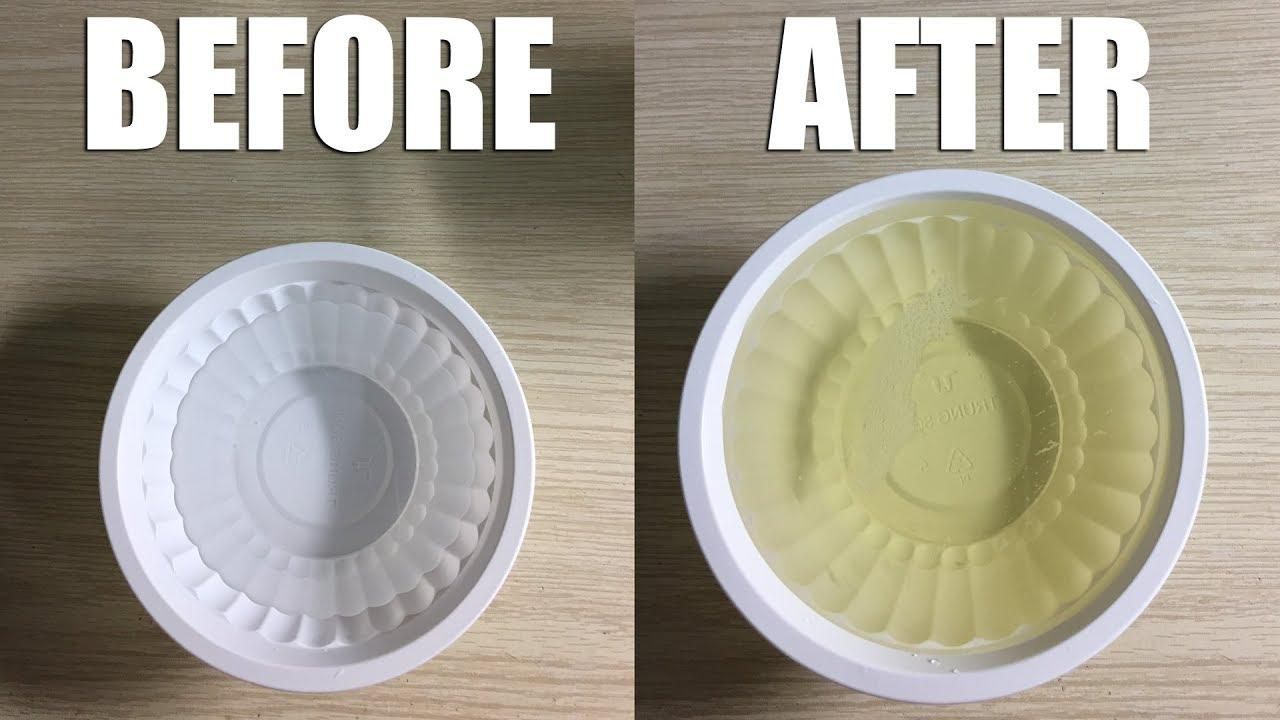Nowadays, going to the hospital for a doctor’s appointment can be scary due to the ongoing global health crisis. Because of this, hopeful couples are becoming hesitant to visit an OB-GYN to see if they’re pregnant.
Thankfully, there are pregnancy tests they can use from the comforts of their home. To use these, its important to understand what types of home pregnancy tests there are and how to use them properly to get accurate results.
This article will focus on what a home pregnancy test is and how it works. It will also discuss the types of home pregnancy tests available in the market and how to use them. If you want to know more about home pregnancy tests, keep reading the article below.
- All About Pregnancy Tests
- Types of Pregnancy Tests Available
- Examining the Accuracy of Pregnancy Tests
- How to Take a Home Pregnancy Test
- Interpreting Pregnancy Test Results
- The Most Common DIY Pregnancy Tests
- What to Do After Getting a Positive Result

All About Pregnancy Tests
Pregnancy tests are methods for testing whether a woman is pregnant or not. These tests examine the urine or blood of a patient to check for a hormone called human chorionic gonadotropin (hCG).

This specific hormone is produced by the body once fertilization occurs and the fertilized egg attaches itself to the woman’s uterine wall, also known as implantation.
The production of hCG usually happens about six days following fertilization.
Every two or three days, the level of hCG rapidly increases, doubling in number.
How Pregnancy Tests Work
Basically, pregnancy tests work through a reaction to the level of hCG in a woman’s system. The amount of hCG can be determined by analyzing a person’s urine or blood.
This is why early pregnancies may have negative results when tested since the amount of hCG needs time to accumulate in a woman’s body.
Therefore, people are advised to take pregnancy tests several days or a week after their monthly menstruation is delayed.
Types of Pregnancy Tests Available
As explained earlier, hCG level can be tested through urine and blood. This is the reason why the two main types of pregnancy tests are urine tests and blood tests.

Urine tests can be taken at home or during a visit with a doctor. They are quick and easy to use and can be done privately. They are also quite accurate when done properly.
You will need to wait for several minutes to see the results of a urine test. Upon taking the test and receiving the result, you may want to confirm it with your doctor.
Blood Testing for Pregnancy
Unlike urine tests which you can do on your own at home, blood tests can only be taken at the doctor’s office or hospitals. However, these tests can be used as early as six to eight days after ovulation.
Blood tests are either qualitative or quantitative hCG tests. A qualitative test can only be used to confirm pregnancy and is capable of detecting hCG at earlier stages.
On the other hand, a quantitative test can determine the exact amount of hCG in the blood and can even detect very low levels of hCG. They are useful for tracking problems during pregnancy.
Examining the Accuracy of Pregnancy Tests
Pregnancy tests are generally accurate but results can be affected by different factors. Urine tests are about 99% accurate while blood tests have an even higher accuracy rate.

When using a home urine test, accuracy will depend on several things, including how well you followed the instructions, how soon you took the test following pregnancy, and the sensitivity of the test.
It also matters when you ovulate and how recently implantation occurred.
When to Take a Pregnancy Test
While some pregnancy tests can detect hCG even before you miss a period, it is recommended not to take a test until the first day of a missed period for better accuracy.
Women are also advised to take the test first thing in the morning when the urine is most concentrated for results to be more accurate.
If the test comes back negative but you still think that you might be pregnant, you can retake the test a week after a missed period or consult your OB-GYN.
How to Take a Home Pregnancy Test
If you’ve decided to take a home pregnancy test, there are several ways to collect your urine for testing. Ideally, you should use your first morning urine as it’s the most concentrated.

You may collect your urine using a cup and dip the testing stick into it.
You can also use a dropper to transfer small amounts of urine from the cup to another container where the stick is.
Finally, you can also directly place the stick in the area where you expect your urine stream will be so that it can catch the fluid midstream.
Things to Remember When Taking a Home Pregnancy Test
Aside from using your first morning urine for better accuracy, there are other considerations when taking a home pregnancy test.
The most obvious one is to read the directions indicated in the test kits and follow them step by step in order for results to be as accurate as possible.
Drinking excessive amounts of fluids prior to taking a pregnancy test is not recommended as it will increase urine volume but may dilute hCG levels.
Interpreting Pregnancy Test Results
Depending on the home pregnancy test kit that you used, results may appear as a line, a plus or minus sign, a color, or a symbol. Meanwhile, digital testing kits directly show the words “pregnant” or “not pregnant”.

After taking the test and allowing the recommended time to pass, certain symbols will appear on the stick. For lines, two lines indicate pregnancy while one mean not pregnant.
A plus symbol indicates a positive pregnancy result while a minus symbol means the test result was negative.
Test kits that use color changes can simply be interpreted as pregnant when the color changed and not pregnant if it stayed the same.
What to Do After Getting the Result
Once you see a positive result, the first thing to do is to contact your doctor to talk about what to do next.
There might be cases where you would get a false positive result, meaning the test would indicate that you’re pregnant but you’re not. This happens when there is protein or blood in your urine.
Some drugs like anticonvulsants, tranquilizers, and hypnotics may cause false-positive results. False negatives can also happen if the test kit is expired, taken to soon, or due to medication such as diuretics.
The Most Common DIY Pregnancy Tests
While home pregnancy tests are easily accessible and are already affordable nowadays, some people opt to use do-it-yourself (DIY) pregnancy tests using materials available at home.

DIY pregnancy tests may not be as accurate as actual test kits but some people choose to use them to hide unplanned pregnancies since ingredients are easily accessible.
The main step for these DIY methods is collecting urine in a clean container. For a bleach pregnancy test, add some bleaching powder to the urine and mix thoroughly. If there is foam or fizz, then you are pregnant.
More DIY Methods
Some people also use sugar to test for pregnancy if they don’t have test kits available at home. Simply add a tablespoon of sugar and add it to a tablespoon of urine. You are pregnant if it starts forming clumps.
Another DIY method is the toothpaste test. Place two tablespoons of white-colored toothpaste in a container and add your urine sample to it. If it changes color and becomes frothy, you’re pregnant.
Using similar steps, you can use either two tablespoons of white vinegar, salt, or baking soda. You are pregnant if clumps or bubbles form. Some people may even use wine and soap for DIY pregnancy tests.
What to Do After Getting a Positive Result
As mentioned earlier, contacting your doctor for an appointment would be the first thing you should do after getting a positive result. Some OB-GYNs might wait for a few weeks to schedule a checkup.

Prenatal vitamins with folic acid are recommended and they are even prescribed to women who want to get pregnant. Folic acid can help with the prevention of birth defects.
Pursuing healthy habits is another thing you should take into account. Drinking alcohol or smoking during pregnancy are highly discouraged.
Caffeine intake should also be limited among pregnant women.
When Getting a Negative Result
As mentioned earlier, you may retake a pregnancy test one week after testing negative if you feel that you are indeed pregnant as false negatives may happen.
You may also consult with your OB-GYN if you’re trying to conceive and you’ve been getting negative tests several times. The doctor might have some recommendations to help you get pregnant.
Similar to pregnant women, staying healthy and adopting healthy habits is essential to getting pregnant so you might want to eliminate unhealthy activities to increase your chances of pregnancy.
Conclusion
Home pregnancy tests are a great way to determine whether you are pregnant or not in case you missed your period. Regardless if you use test kits, blood tests, or even DIY methods, nothing beats getting confirmation of the results from your doctor.
These tests are helpful tools for testing pregnancy but at the end of the day, women should still seek professional medical advice so that they could get information on how to take care of themselves and the baby in case they are pregnant.







